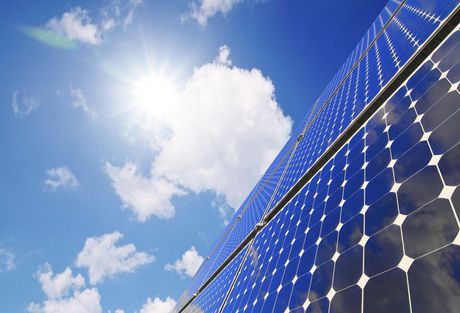First 1.5 kV solar system under development

Engineering360 has reported that a design is being completed in Florida to deliver a 1.5 kV DC photovoltaic system that will generate 123.75 MW of power. The designer, Blymyer Engineers, says the project could mark the beginning of an industry-wide transition to 1500 VDC systems. The project, under development by Gulf Coast Solar, is utilising 1,497,000 First Solar thin-film modules on fixed-tilt racks.
“We’re seeing the beginnings of a transition to 1500 VDC systems, which is a significant change for the market,” said Mike Rantz, president of Blymyer Engineers. “There was a big movement from 600 V to 1000 V systems in 2012 and 2013, and now we’re seeing another evolution to these 1500 V projects as the supply chain starts to scale and the high-voltage value proposition is recognised.”
According to Rantz, in these higher-voltage projects, the balance-of-system (BOS) requirements are lower and strings are longer — allowing for fewer combiner boxes, less wiring and less trenching — all of which drive PV system costs down. “UL has updated many standards to provide a means for manufacturers to list their products in compliance with the National Electrical Code, and we’ll see more of this as market demands brings these projects to the table,” he added.
Prior to 2013, most of the systems in the US were installed at 600 VDC, while Europe was already comfortably working in 1000 VDC. Testing standards have been a barrier to 1500 V projects in the US and the availability of 1500 V manufactured components has been limited. Now manufacturers throughout the supply chain are starting to cater to this voltage ramp-up, which lowers BOS costs and, subsequently, the cost of electricity.
“1500 V systems allow for a 50% increase in the number of modules on a string and reduce the quantity of equipment used to aggregate the DC power of the array,” noted Blymyer Director of Engineering Greg Mazur. “The higher voltage allows more power through equal-sized conductors. It results in less voltage drop and the power electronics uptake much more efficiently.”
Hazer to partner with Finnish company to test its graphite in water treatment
Hazer Group has signed an MOU with Finnish company Kemira Oyj to explore opportunities for...
EtherCAT Seminar Series comes to Australia in 2026
The EtherCAT Technology Group (ETG) will be presenting a series of seminars in Australia in...
EOS to expand manufacturing with acquisition of MARSS
Electro Optic Systems (EOS) has announced that it will acquire the MARSS group, a European...







